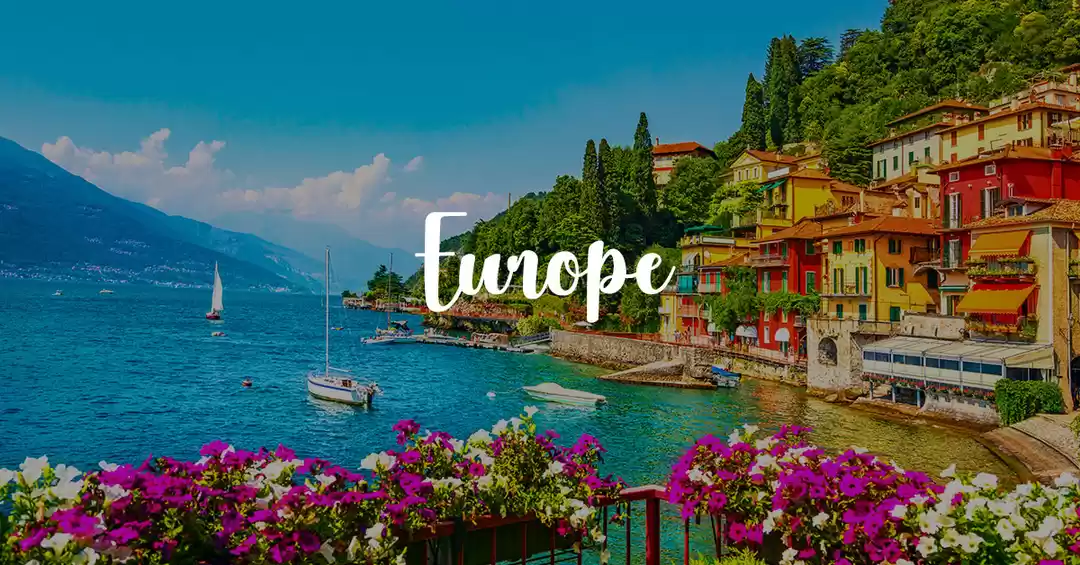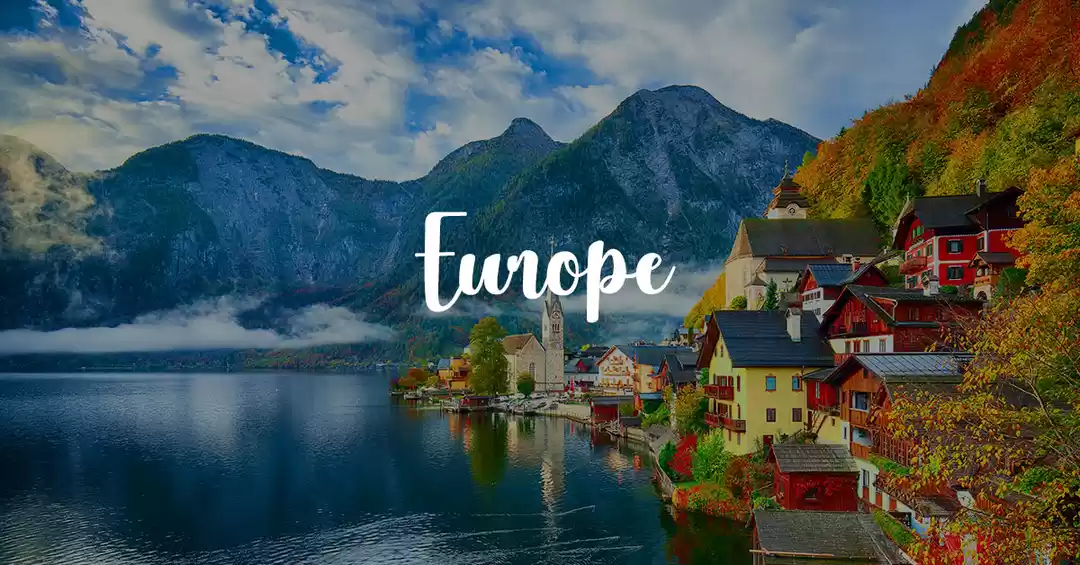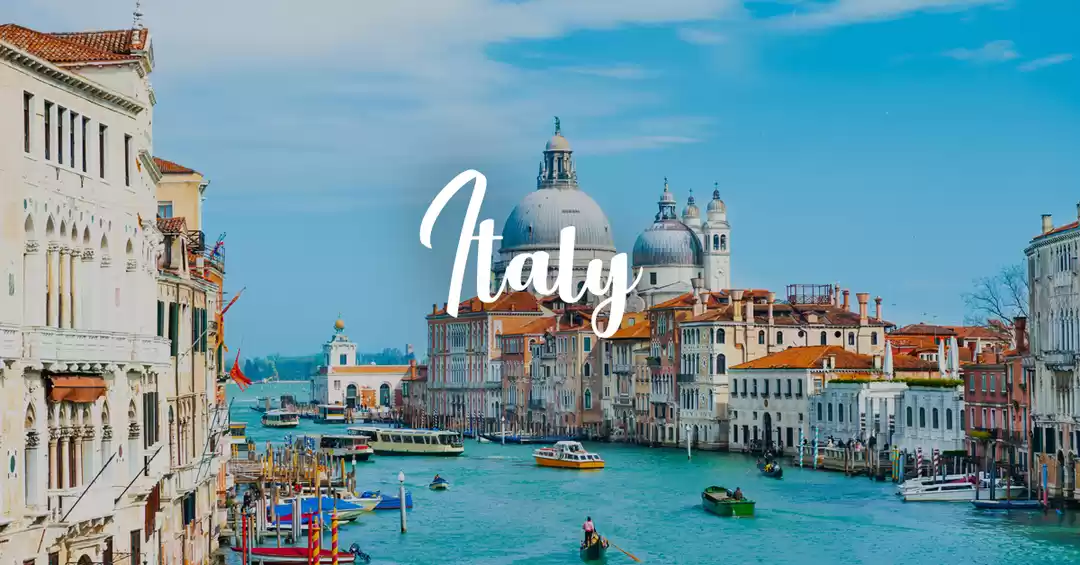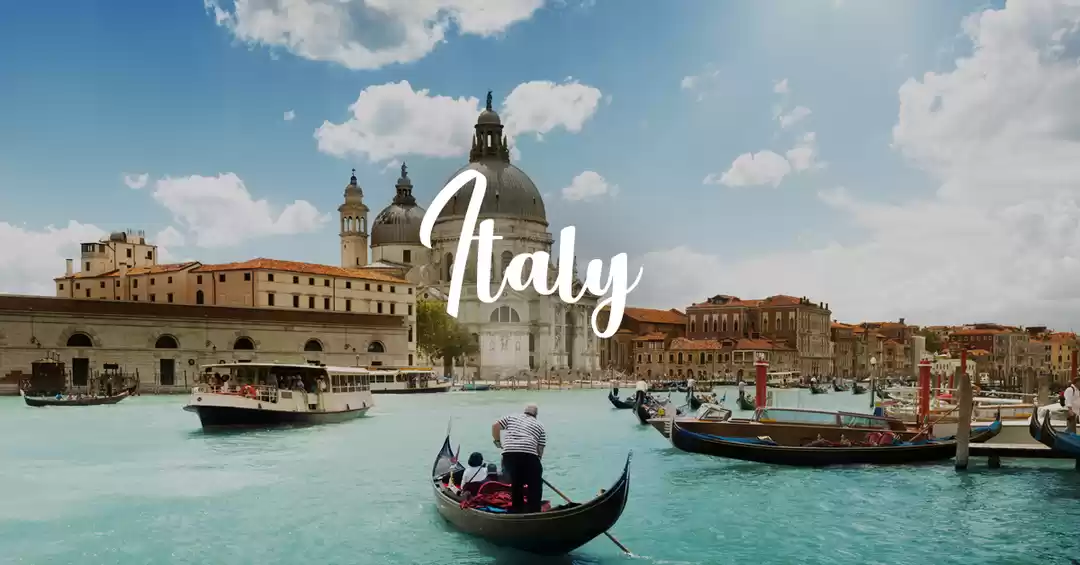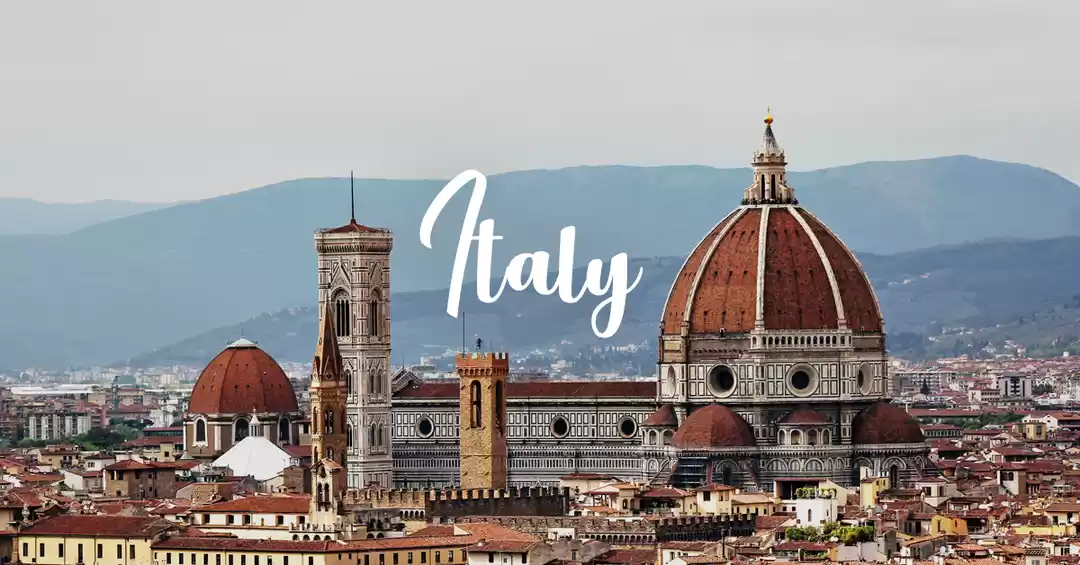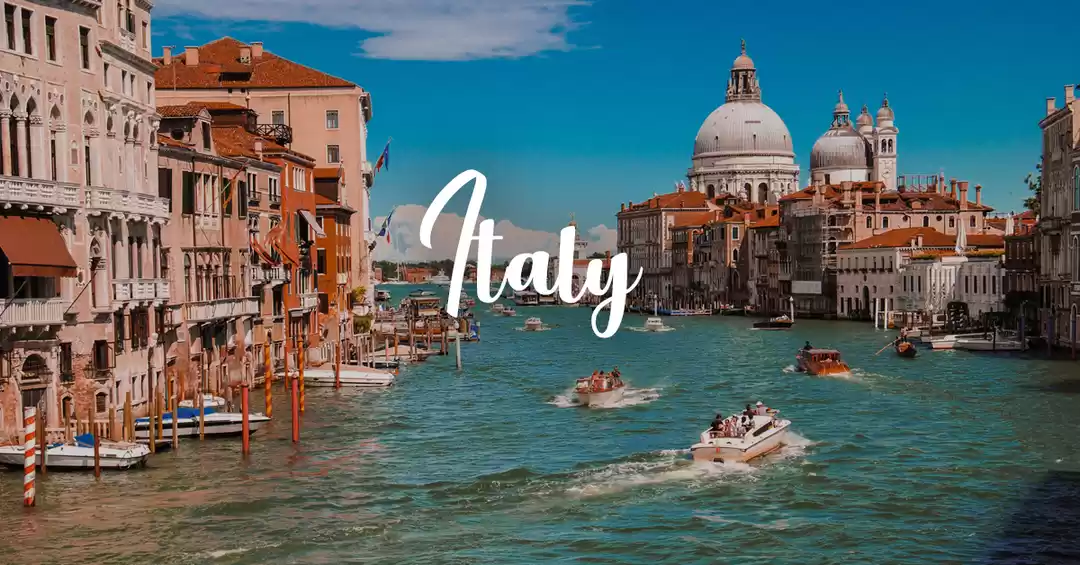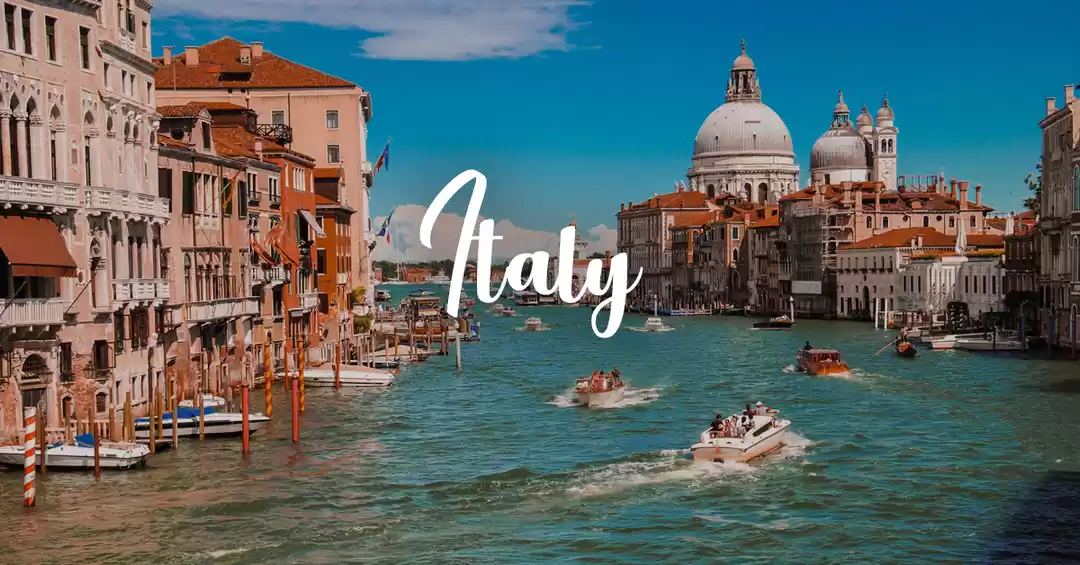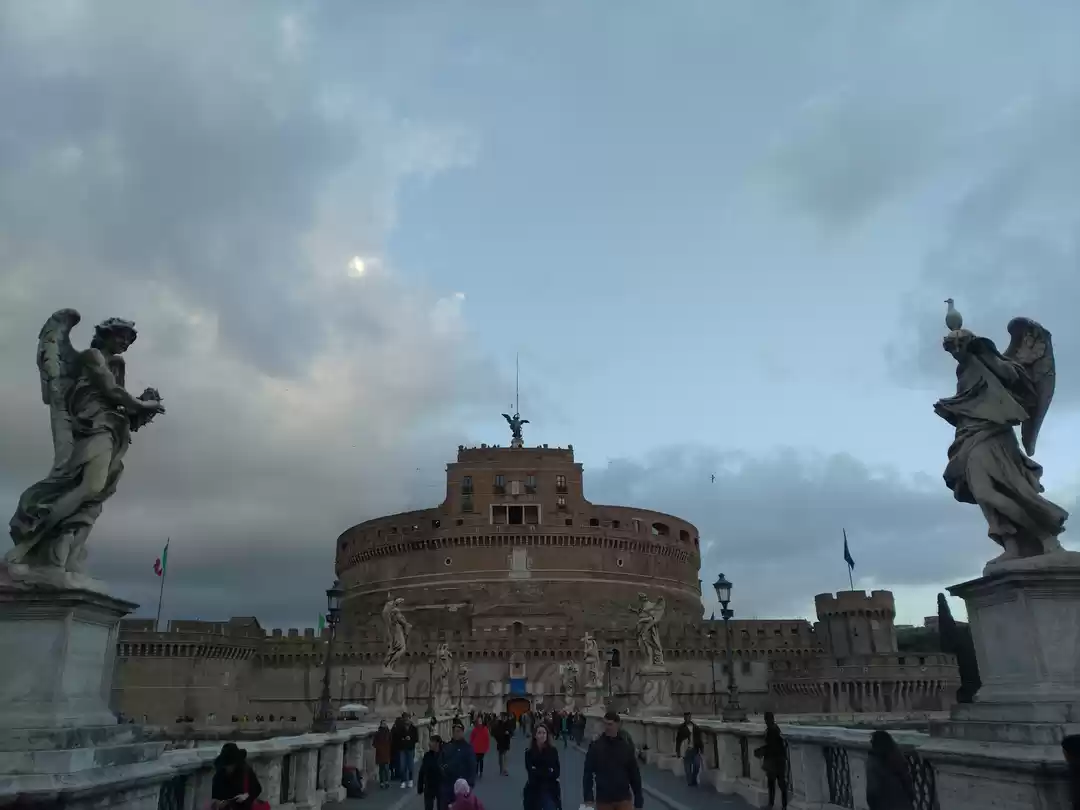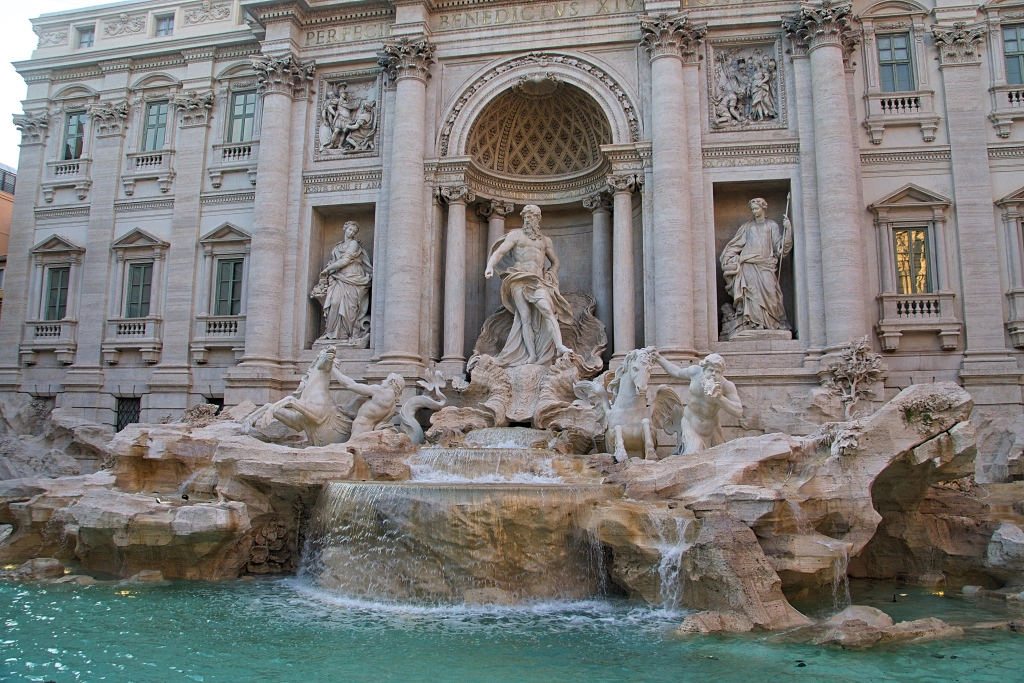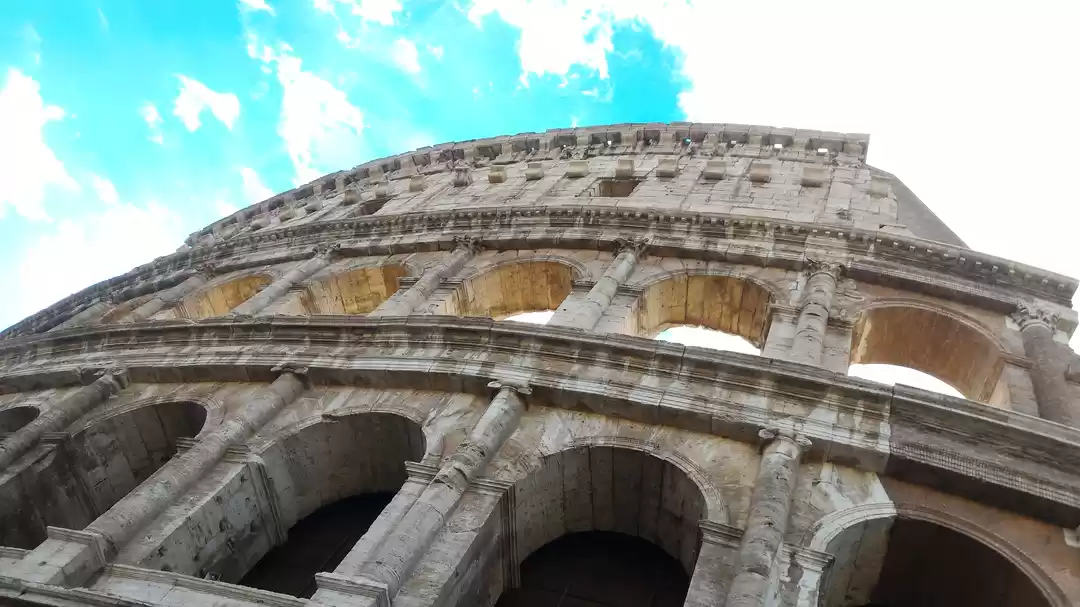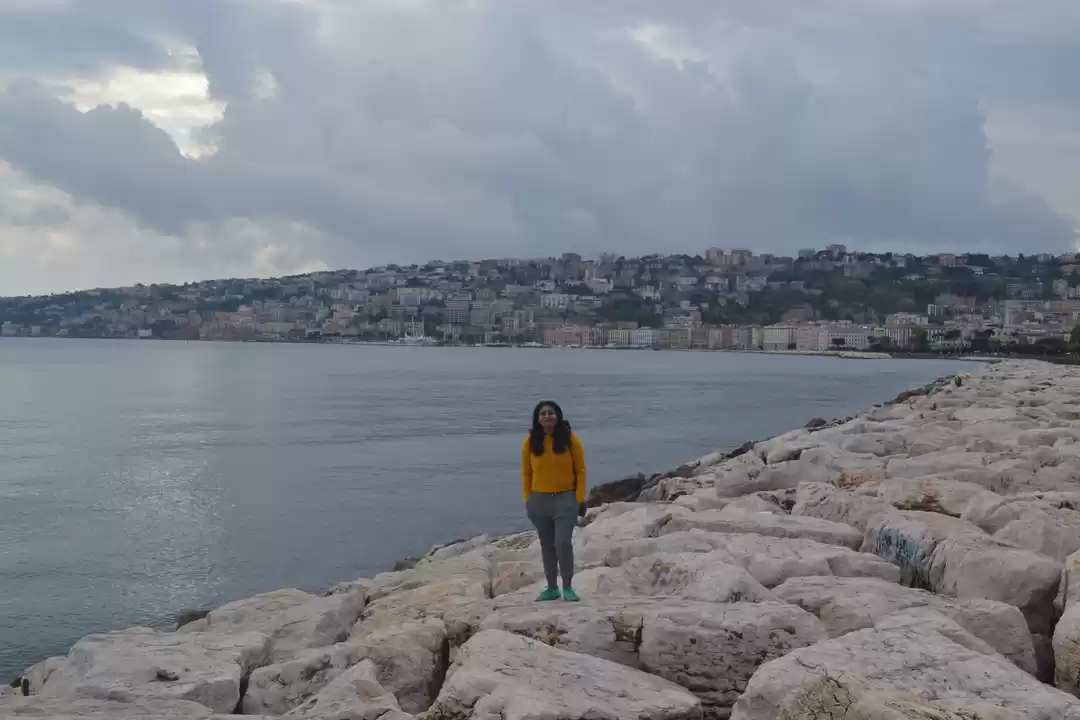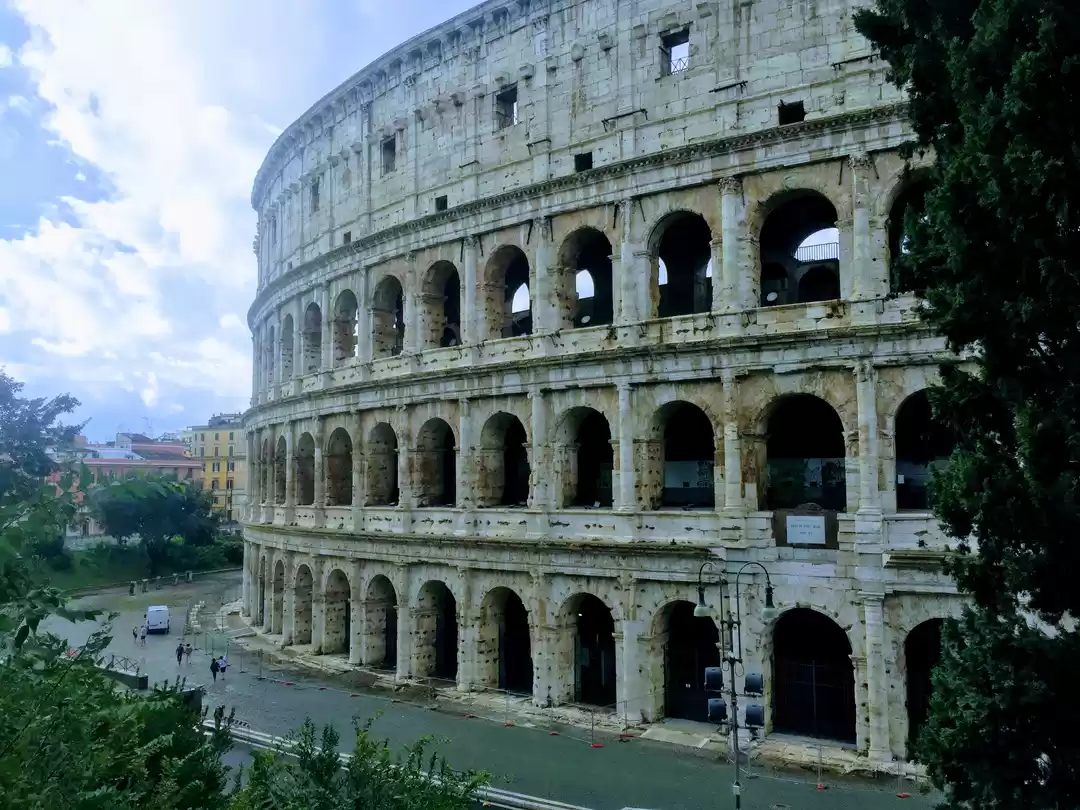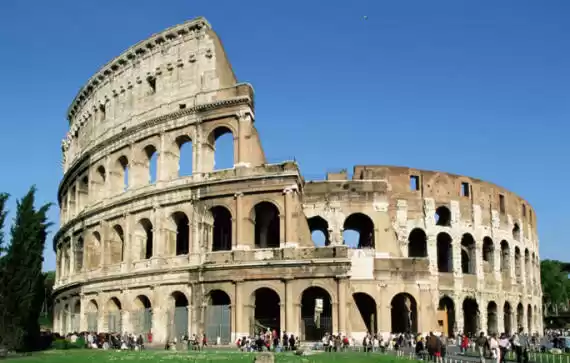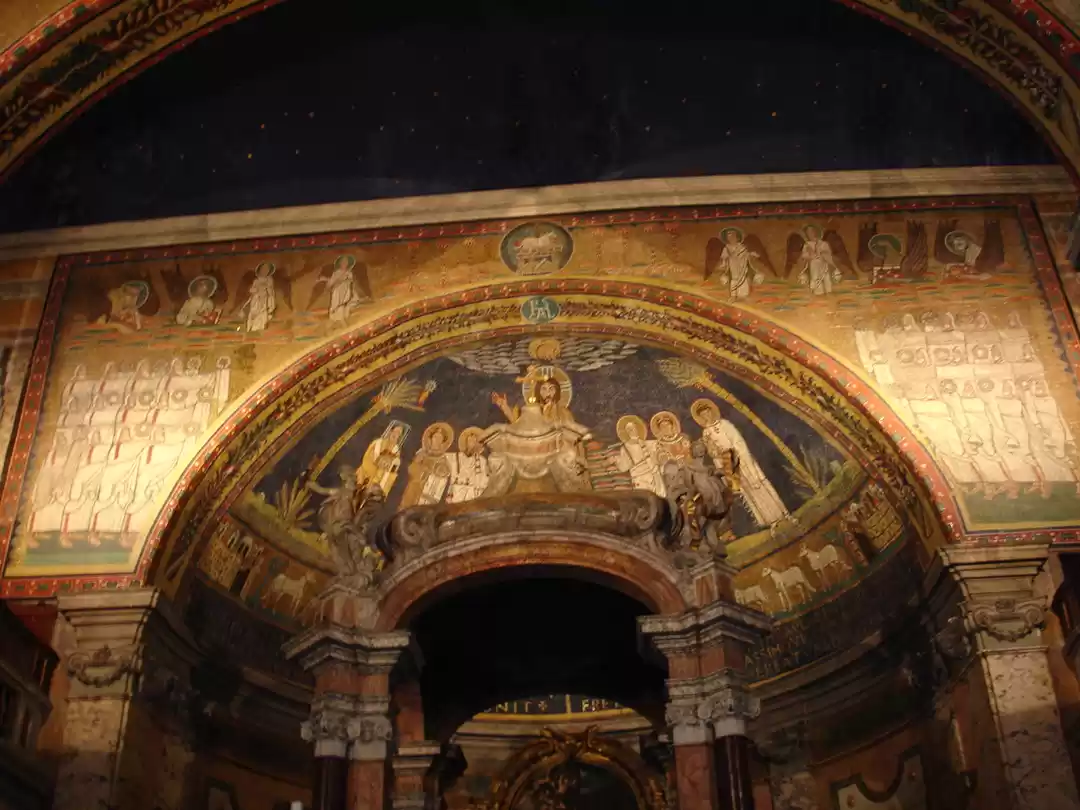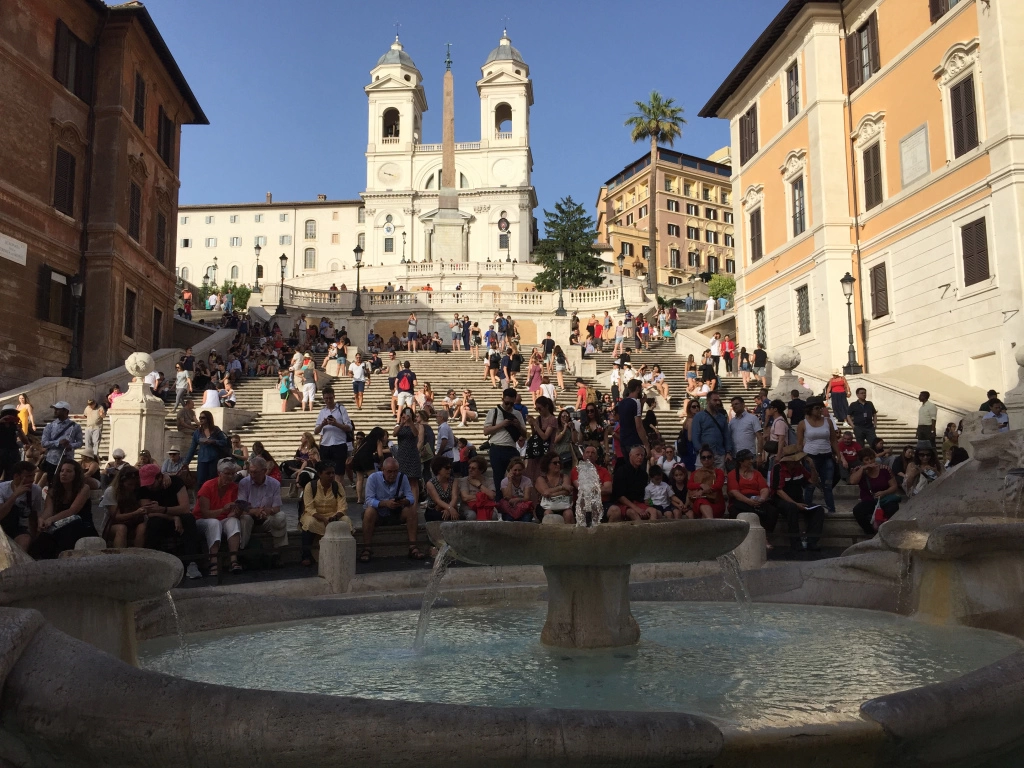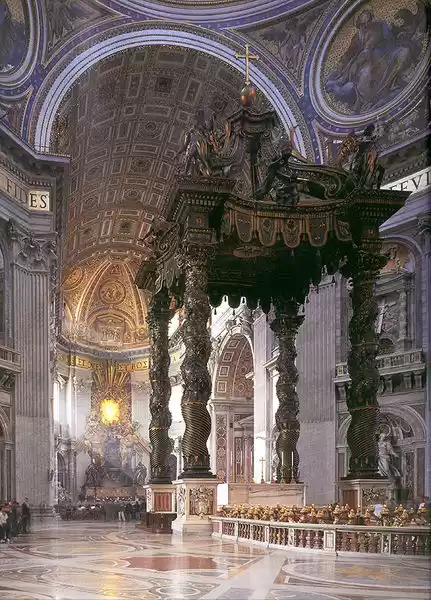
This blog is the fourth part of an eleven part series where I cover our adventures in Italy. You can click here to read the previous blog which covers our day in Florence. Click here to read about our next day in Rome when we visit the smallest country in the world.
The highlights and structure of the trip are detailed in the first part which can be read here.
Rome
The historic cityscape of the Italian capital echoes of its time as an ancient superpower. The iconic monuments from the glorious days of the Roman empire silently melt into its Christian past. The city is speckled with beautiful basilicas and celebrated museums. The pleasing streets and piazzas ooze entertainment and performers keep the crowd captivated through the day.
Traveler introduction
In case you didn't catch our identities from the previous blog, I reintroduce the travelers here.

Expenditure Estimate
Our day started with our departure from Florence. The cost of travel from Florence to Rome is included in this estimate for completeness (it is also included in the expenditure breakdown of Florence). A detailed breakdown of the expenses per person is given below:
a) €32 for Roma pass: This covered our entry into Colosseum, Roman Forum and Palatine hill. All other places (Basilica di San Giovanni in Laterano, Lateran obelisk, Pantheon and Trevi fountain were free)
b) €20 for lodging: Night stay at hostel, booking was made for night of 15th April.
c) €8 for food: €4 (burger for lunch) + €4 (panini and gelato for dinner)
Internal travel including metro and bus was covered under Roma pass. Details about Roma pass are given in the next section.
d) €12 for travel*: Train from Florence to Rome
*Cost of train from Florence to Rome is already included in the previous blog. I have added it here for the sake of completeness.
Our total expenditure on the first day in Rome came to around €72 per person. The expenditure breakdown does not include purchase of souvenirs.
Roma Pass
Just like the Firenzecard for Florence, a city pass for Rome is also available. The Roma Pass is available in a 48hr and a 72hr variant. The 48 hr Roma Pass costs €32 and offers features like free entry to first museum/ archaeological site, free use of the city's public transport (includes metro, bus and trams), discounted prices at certain exhibitions, direct access to specific museums and most importantly a reserved entrance to Colosseum. The Roma Pass is definitely worth it. You will have to strategically choose the first place of attraction as the card (48hr variant) only offers free access at the first location. Roma Pass can be bought at all participating locations including all the tourist information centers across the city. More details about the benefits are available on their website romapass.it
There also exists a costly counterpart to the Roma Pass called the Omnia card. This card comes in a 24hr and a 72hr variant and costs €55 for the 24hr variant. The 72hr variant is moderately priced at €113. In addition to the attractions in Rome, this card also covers the Vatican City. This card includes all the benefits of the Roma Pass and additionally entails exclusive skip the line ticket privileges at selected sites (including Vatican) and free entry into selected museums and basilicas. More details of this card can be found on their website omniavaticanrome.org
Depending on your schedule in Rome, you can appropriately decide which card will be better. The lines at Vatican are exceptionally long and guided tours with priority entry usually cost upwards of €60 per person. Under such circumstances it is advisable to opt for the Omnia card. If you are also desi like us, read the Vatican blog by clicking here and see how we handled the situation.
08:20 hrs | Arrival in Rome
Our train from Florence reached right on time. After deboarding we went in search for a tourist information center to purchase the Roma Pass. Roma Termini is a colossal transportation hub. It is a mall which is also a train station, metro station and a bus station. After getting the Roma Pass we headed towards our hostel which was only a 500m walk from the station. The weather in Rome was sunny and bright, in stark contrast to the cloudy grey skies we faced in Florence the day before.
08:45 hrs | Legends Hostel - €20
Our reservation was in the Legends hostel, primarily because it was the closest one to Roma Termini. One more good thing about this hostel was that breakfast was included. Our check-in was not until noon as we had booked the hostel only for one night, even though we were going to spend almost two full days in Rome. The plan was to drop off our bags, freshen up, and then leave for the Colosseum. We informed the receptionist that we'll come back and check-in at night.
By 09:15 hrs we were back at Roma Termini to board a metro to the Colosseum. As I have already written above, Roma Termini is huge. All the metro lines pass through this station. We did a bit of wandering before finding the entry to the blue line which would take us to the Colosseum.
Three stops and 10 minutes later we reached the subway station of Colosseo. The majestic Colosseum greeted us as we climbed out of the subway station.

09:45 hrs | Piazza del Colosseo
The entire piazza was crowded with tourists. More than seven million visitors from around the world flock to Rome every year, just to see the Colosseum. Viewing the Colosseum from the outside is completely free. Ticket is required if you want to enter inside and feel like a Roman Emperor. Only a restricted number of people can be inside the Colosseum at a time since the building is very old and is substantially ruined because of earthquakes. To manage the insanely large number of people that visit everyday, the Colosseum has many ticketing booths. After purchasing the ticket you also need to get the entry time allotted. The normal entry ticket to the Colosseum is priced at €12. This ticket also covers entry into the Roman Forum and Palatine hill. However, people usually prefer the more expensive skip the line tickets to gain faster and easier entry into the Colosseum. In my opinion this is only a slightly better option. Allow me to break down the procedure between purchasing the ticket and actually entering the Colosseum.
1. Line to purchase the ticket - can be skipped if you have pre-booked your tickets or have a skip-the-line ticket
2. Line to get entry time allotted - cannot be skipped, separate queue for skip-the-line ticket holders
3. Line to enter the Colosseum - special line for skip-the-line ticket holders
Step 1 and step 2 will take up most of your afternoon. Depending on the time allotted to you, you might have a gap between step 2 and step 3. If not, then you will essentially spend almost 8 hrs just standing in a queue. The image below shows the line at step 3.

As you can see, even after purchasing skip the line tickets, you will have to stand in a long line to get the entry time allotted and further to finally enter the Colosseum. In case you are still planning on beating the queue, try to go during the post lunch hour as it offers a comparatively thinner crowd than morning and evening. More details on the tickets and guided tours of Colosseum are available on their website coopculture.it
Since Colosseum was going to be our first entry into any archaeological site in Rome, it was covered for free under the Roma Pass. However, we still had to get the entry time allotted. For Roma Pass holders, the entry time is allotted from the counter located at the Palatine hill entrance. After navigating through the bustling grounds, we resurfaced on the other side of the Colosseum, where the entrance to Palatine hill is situated.
Since the area around the Colosseum is always crowded, please be wary of pickpockets and scamsters. There is a very common practice wherein people dressed up as Roman Centurions will offer to get a picture clicked and then ask for money. Be aware of your belongings and surroundings at all times.
The long line at the Palatine hill entrance was not a surprise to us. It was still the shortest line we had seen. The wait in the queue lasted almost for half an hour before we reached the counter. We showed our Roma Pass and were handed two tickets. One was the entry to Roman Forum and Palatine hill. The other one was the ticket for Colosseum. Our entry slot was for 17:15 hrs in the evening. We had not expected this. We had planned to finish the Colosseum and adjoining Roman Forum by evening and then explore the other attractions. We tweaked the plan a bit and decided to cover the Roman Forum and Capital hill till noon, then visit other attractions till evening, before returning again to the Colosseum.
10:30 hrs | Palatine Hill
The heart of Rome is constituted of seven hills. Roman myths hold that Romulus had founded the city of Rome on the Palatine hill around 750 BC. As the most central of Rome's seven hills and its proximity to the Roman Forum, the Palatino was the ancient city's most exclusive neighborhood. The vast complex is dominated by the majestic ruins of the Roman Empire. It is better to have a map along with a relevant book or an audioguide to enable you to successfully navigate through the ruins. We spent quite some time understanding the map before actually starting to explore the surroundings.

The first major ruin you encounter at Palatine hill is the stadio. This sunken area was part of the imperial palace and was used by emperors for private games and events.


There are a few vending machines and a toilet near the entrance in case you want to get some refreshments or use the loo. We did not see any more toilets or vending machines further inside the Palatine hill complex and Roman Forum.
One mistake that we did was to spend a majority of the time admiring the ruins and natural beauty of the Palatine hill. This ultimately left us very less time to cover the Roman Forum (which is a much more historically significant). Be smart and don't laze around the green vistas of the Palatine hill. Use the map to locate the highlights, view them and then move towards the Roman Forum.

Rome is home to a very unique variety of pine trees. Aptly named the umbrella pine (also known as the stone pine), these tall trees abundantly populate the entire Palatine hill complex.

As you move ahead and go around the stadium, you will spot the long pitch of the ancient Roman chariot racing stadium, the Circus Maximus. It was the first and largest stadium in ancient Rome.


On the south-eastern of Stadio Palatino are the remains of a complex comprising of the palace and baths of Septimus Severus.



After exploring around the ruins at Palatine hill and even spotting the dome of St Peters Basilica in the distance, we realized that we had still not reached the Roman Forum. We increased our pace and hurried through the remaining ruins of ancient house, palaces, tombs and baths to emerge on the other side of the hill.








12:00 hrs | Roman Forum
Unlike the Palatine hill which was more of a residential area, the Roman Forum was ancient Rome's showpiece center. The forum was the social, political and commercial hub of the Roman empire. The sprawling grounds of the forum are full of temples, basilicas and public spaces. Grandstand views of the entire forum are visible from top of the Palatine hill. Once you climb down, you can walk in this historic city center and roam like a Roman.
You enter the forum through a giant arch which was built by emperor Domitian to honor his brother Titus. The concept and design of this arch has been used as an inspiration for many triumphal arches, the most prominent one being the Arc de Triomphe in Paris.


As you walk ahead through the bustling forum, you will spot the ruins of many grandiose temples dedicated to the Roman gods. Temple of Saturn was the city's treasury. What remains now are only the pillars of its entrance.


The more dilapidated ruins of the Temple of Castor and Pollux stand opposite the Temple of Saturn. This temple was dedicated to the heavenly twins (Castor and Pollux are the two bright stars in Gemini constellation) after they supposedly led the Romans to victory over the Latin league. Only three pillars of this temple remain.


We explored the sprawling ruins in the forum for about an hour before leaving. The exit gate was different from the entrance. We came out on a different side of the Colosseum and saw a line bigger than what we had seen in the morning.

It was lunch time and the hunger was setting in. We were also very tired from all the hill climbing and walking. There was a lot time to our Colosseum entry slot. We decided to grab a bite before heading out to our next stop, a famous basilica in Piazza di San Giovanni in Laterano.
On the way to the basilica, we encountered a very unexpected structure - an obelisk. We had seen many obelisks in Egypt, but seeing one in Rome was puzzling. A little bit of research on our phone amused us even more. The city of Rome has eight ancient Egyptian obelisks and five ancient Roman obelisks. It is the city with the maximum number of obelisks in the world.
15:15 hrs | Basilica di San Giovanni in Laterano
This basilica was commissioned in AD 324 by Constantine and was the first Christian basilica in the city. The monumental cathedral stood as the most important church in Christendom for more than a thousand years. Until the late 14th century, it was the pope's main place of worship. This basilica is still Rome's official cathedral and the pope's seat as bishop of Rome. Entry into the basilica is free.



15:00 hrs | Lateran Obelisk
The 46m high Lateran obelisk is the tallest obelisk in Rome and the largest standing Egyptian obelisk in the world (tallest obelisk in the world is the Washington monument). It was brought to Rome by Constantius II from the temple of Amun in Karnak (read about our visit to the Karnak temple here). The obelisk was first placed in the Circus Maximus in AD 357 before being restored and relocated to the Piazza di San Giovanni in the year 1588.




The white facade of the church was designed by Alessandro Galilei in 1735. Surmounted by statues of Chirst, St John the Baptist, John the Evangelist and the twelve Apostles, the facade is an imposing example of baroque architecture. The bronze doors of the cathedral were moved here from the Roman forum. The holy door on the right side is opened only during the Jubilee years by the pope.



The interior of the church was redecorated by Francesco Borromini for the 1650 Jubilee. The ceiling is golden, the floors are mosaic and the central nave of the cathedral is flanked by statues of the twelve apostles.













At the head of the nave is the papal altar. The massive apse behind the altar is decorated with sparkling mosaics.

A statue of St John the Baptist is situated in the lower level of the cathedral, just below the high altar.


We spent a little more than one hour in the church. There was still an hour for our Colosseum entry slot. After a deliberate slow walk we reached the Colosseum.
We stepped out into the giant sun-basked gallery of Rome's great gladiatorial arena. Inaugurated in AD 80, this ancient stadium could seat up to fifty thousand people. The tiered circular seating arrangement is built over an underground complex (hypogeum) where animals and gladiators were caged. There are tales of Roman emperors holding events as long as hundred days which involved thousands of gladiator fights, animal fights and gladiators vs animals fights.



The interior of the Colosseum was divided into three parts. The arena, the cavea and the podium. The arena is the area in the middle where all the combats happened. Trapdoors from the arena led down to the underground chambers and passageways where animals and gladiators were kept. The cavea is the sitting place, which itself is divided into three tiers for spectators from different classes in the society. The podium is a broad terrace in front of the cavea which was reserved for the emperor.

The Colosseum was abandoned after the fall of the Roman empire. Over the years it has been damaged by plunderers and thieves in addition to natural events such as earthquakes. The construction of metro in the recent years has also taken its toll on this structure.
Its faded glory however does not discourage the tourists who flock here. At any given point of the day, the balcony of the Colosseum is cramped with people. After circumventing this arena once, it was time to go to the hypogeum at the lower level. The entry and exit gates for the upper level are different.
How I got lost in the Colosseum - my perspective
My desire was to completely circumvent the Colosseum. We had already walked along the big circle from the entry gate to the exit, however, the exit gate to entry gate path was not explored. I knew that it is not going to give any new view, but I wanted to cover it for completeness. My friends were tired from all the walking and said that they will wait at the exit gate till I return. I walked the remaining hundred meters or so and came back but my friends were nowhere to be seen. I looked around for some more time but could not find them. How hard can it be to identify two faces in a sea of tourists ? After about ten minutes of searching I thought they would have descended to the lower level. I climbed down the stairs to search for them but could not find them. I again went up the stairs hoping to find them this time. By this time a little panic had started to kick in. Only Nikhil had a SIM card in his phone. We were dependent on him for sharing his phone's network through hotspot. I hoped that his hotspot would be on and turned on my phones wifi. This exercise was futile. I had spotted a policeman near the exit at the bottom of the stairs. I had Nikhil's phone number with me. I requested the policeman to allow me to use his phone but he straightaway refused. Thankfully he guided me to the control center for tourist help. It was right next to the staircase. I was optimistic now. However, the lady at the help center also refused to lend me her phone. Disheartened I again went up the stairs to search for my friends. I was hoping that they would also be worried by now and would have started looking for me. It had been more than twenty minutes now and I had still nto found them. Now I was really panicking. I approached the tourist help center once more, this time with a much sadder face. It was enough to convince them that I was not a conman. But instead of lending me her phone, the lady gave me a microphone to broadcast my call for help. I announced the first thing that came to my mind - "Nikhil please meet me near the exit". I repeated the phrase three to four times and went to the exit gate with hope. By the time I reached the foot of the stairs where the policeman was standing, Nikhil and Ankita were already rushing down the stairs.
How I got lost in the Colosseum - their perspective
My friends still think I was stupid to complete my parikrama of the Colosseum. They had waited for more than fifteen minutes and I had not come back. Time was passing much faster for them because they were not the ones who were lost. Suddenly a voice boomed across the stadium, requesting Nikhil to meet someone near the exit. They thought that the police has caught me doing some stupid thing and they are being summoned to the police station.
Luckily for them, and for me, we rendezvoused at the staircase. I gave the policeman standing there a 'I told you so' before ranting my version of the last twenty minutes to Nikhil and Ankita. They claimed that they had not moved from the place where I had left them. I claim that I was unable to find them. Bottomline is that I got lost, but was eventually found.

We explored the hypogeum for a while before bidding farewell to Colosseum for the day.




18:45 hrs | Pantheon
The Pantheon is a 2000 years old pagan temple which is now a church. It is the best preserved monument from ancient Rome. Built by emperor Hadrian, this giant temple has the largest unreinforced concrete dome ever built. The temple was dedicated to all classical pagan gods, hence the name Pantheon (pan - all, theos - gods). In AD 608, the temple was consecrated as a Christian church. The official name of Pantheon is Basilica di Santa Maria ad Martyres. But nobody really calls it by this name. Owing to this consecration, this building was spared from the medieval plundering which reduced majority of Rome's ancient buildings to rubble. Entry into the Pantheon is free.

The penultimate destination for the day was an ancient Roman temple.
The architecture and engineering of the Pantheon was studied a lot during the Renaissance. Brunelleschi used its design as an inspiration for the dome of Basilica di Santa Maria del Fiore.



Inside the Pantheon, you can experience its massive dimensions and the awe-inspiring dome. The Pantheon was considered one of the greatest architectural feats of the Romans. The dome of Pantheon was the largest cupola in the world till 15th century. The architecture of Pantheon is beautifully symmetric. The diameter of the dome is precisely equal to its interior height. The open oculus at the center is a symbolic connection between the terrestrial life and gods. The sunlight through the oculus casts a heavenly glow at the center of the floor. There are tiny holes in the slightly inclined marble floor that guide the rainwater out preventing the Pantheon from flooding during rains.

After the Renaissance, the Pantheon also became a burial chamber. The marble clad interior houses the tombs of Raffaelo (the painter), Vittorio Emanuele II (first king of united Italy) and Umberto I (former king of Italy).




After exiting the Pantheon we explored the area around the Pantheon. The sun was about to set and a lot of tourists and locals had come out on the streets to enjoy the entertaining aura of Roman evenings.

By now it was almost time for dinner. We ordered a prosciutto panini, soda and traditional Italian gelato from an eatery near the Pantheon and enjoyed the meal while sitting on the Pantheon's boundary wall.


Diametrically opposite to the entrance is the Christian addition of an altar.


The Roman streets cam alive after sunset. We were tired from the ordeals of the day and had to start early the next day to beat the queue at Vatican. However, the buzz and energy all around us convinced us to squeeze in one more place for the day. The streets were alive with captivating performances by musicians, dancers and spray-paint artists.
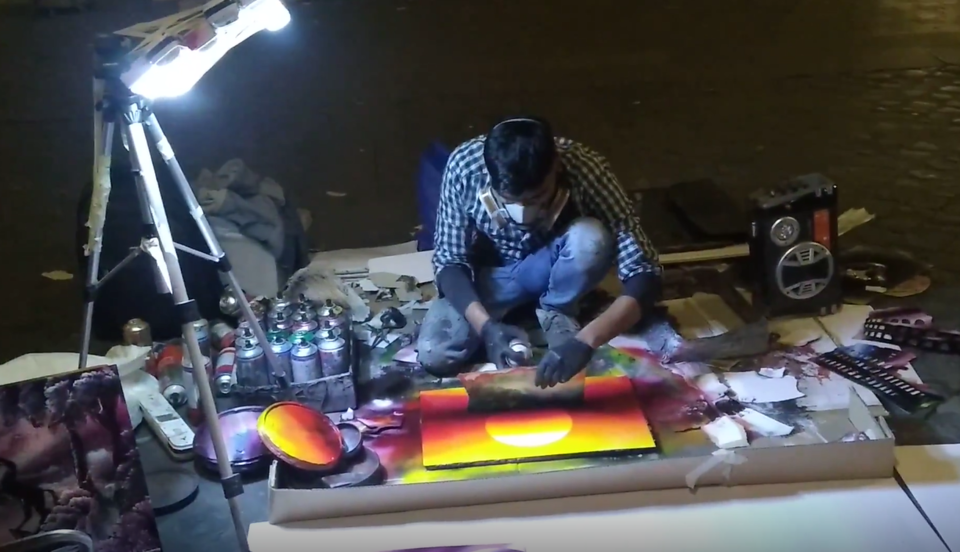

20:45 hrs | Trevi Fountain
A short walk from the Pantheon brought us to Trevi fountain, famous from its appearance is the movie La Dolce Vita. The fountain is a flamboyant and baroque ensemble of mythical figures and wild horses. Its a belief that tossing a coin into the fountain ensures your return to Rome. We also tossed coins (₹1 coin, not €1 coin) into the pool of water, hoping to visit this romantic city again. We had read that the fountain is less crowded at night. The amount of tourists there made us wonder what the situation would be in the morning.




Because of the crowd, it is very difficult to find a place to sit on the edge of the fountain. We stared away some people for a spot and sat near the fountain for almost an hour. Thoroughly exhausted, we didn't realize when it was ten in the night. We were in no mood to walk back to the hostel. A small bus ride got us back to Roma termini. A short walk later we were back at the hostel.

23:30 hrs | Legends Hostel
We picked up our luggage from the storage behind the reception and went up to our room. This hostel was much more cozy as compared to the other two we had been in. After freshening up we crashed on our beds, hoping to catch some decent amount of sleep to revive us for the next day.
I hope you enjoyed this account of our first day in Rome. The adventures in Vatican and a totally different part of Rome are covered in the next blog. Click here to read about the Day 4 adventures and how we got a sweet deal to tour the Vatican.
Follow me on Tripoto for more itineraries of exciting adventures. Connect on Strava to follow my running, riding and calisthenics activities. Find me on Instagram and Facebook for any queries or help required with planning your next adventure.
Until next time.
17:00 hrs | Colosseum
Since our entry slot was in the evening, the crowd was a bit thinner. The wait in the queue was bearable. After a short walk through the hallways of the Colosseum we found the stairs to the upper level.




